December 7, 2016
Business as usual for recruitment and retention in post-Brexit Britain … for now 0
 On 24 June 2016 Britain voted for Brexit. The shock (and narrow) victory caused country-wide concern among the 48 percent of the voting public that favoured remain – apprehension seemingly justified by the immediate weakening of the pound, Cameron’s resignation and the start of ongoing political in-fighting. Speculation over job losses and potential hiring freezes added to a general sense of uncertainty, leaving some UK workers fearing their job security. Since then however, recruitment experts have somewhat softened their predictions for the UK job market as recent reports of month-on-month vacancy growth and record high employment rates have served to inspire confidence. Five months on, how has job applicant sentiment changed in the UK since the EU referendum vote? And what does this mean for businesses hiring in post-Brexit vote Britain? As part of our ongoing tracking of candidate confidence levels in the job market and their career prospects we analysed the responses of almost 28,000 job applicants across the UK and Republic of Ireland – from all ages, experiences and sector disciplines – to gauge how perspectives might have changed pre- and post-Brexit.
On 24 June 2016 Britain voted for Brexit. The shock (and narrow) victory caused country-wide concern among the 48 percent of the voting public that favoured remain – apprehension seemingly justified by the immediate weakening of the pound, Cameron’s resignation and the start of ongoing political in-fighting. Speculation over job losses and potential hiring freezes added to a general sense of uncertainty, leaving some UK workers fearing their job security. Since then however, recruitment experts have somewhat softened their predictions for the UK job market as recent reports of month-on-month vacancy growth and record high employment rates have served to inspire confidence. Five months on, how has job applicant sentiment changed in the UK since the EU referendum vote? And what does this mean for businesses hiring in post-Brexit vote Britain? As part of our ongoing tracking of candidate confidence levels in the job market and their career prospects we analysed the responses of almost 28,000 job applicants across the UK and Republic of Ireland – from all ages, experiences and sector disciplines – to gauge how perspectives might have changed pre- and post-Brexit.






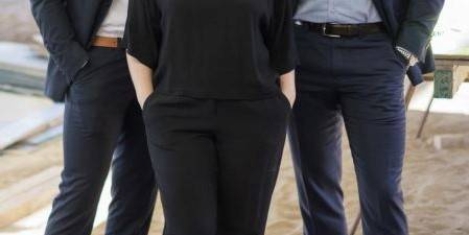



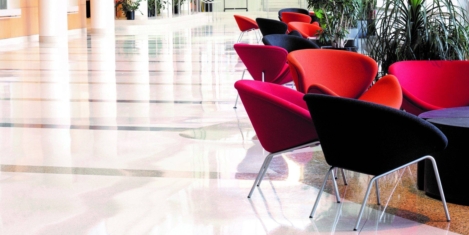
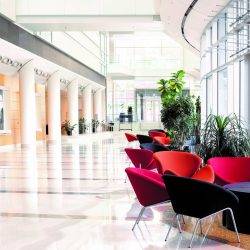










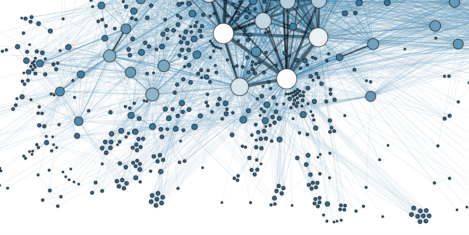
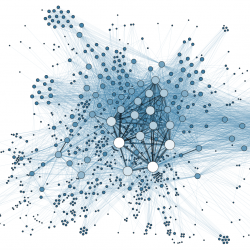









December 8, 2016
Book review…. HQ:Nerve Centres of the World’s Leading Brands 0
by Mark Eltringham • Case studies, Comment, Workplace design
(more…)